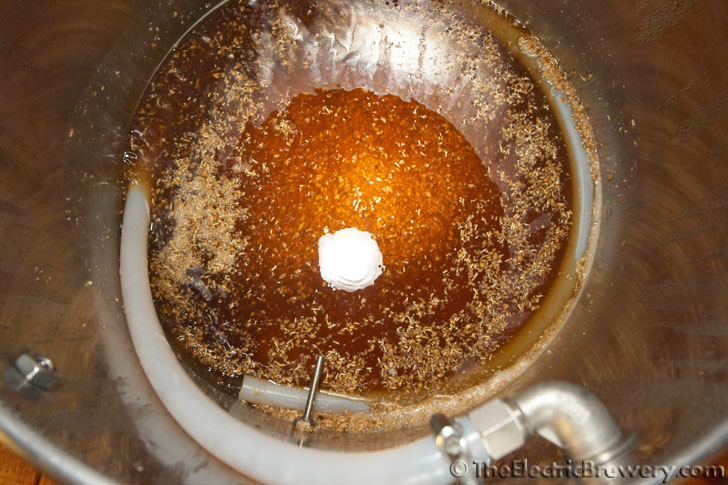Personally I don't think anything fancy is needed. Blichmann with their auto-sparge doesn't do it, Sabco doesn't do it. You can bet if it made a difference, these companies would love to sell big fancy sparging systems.
I use exactly what the two above companies use: A simple piece of silicone hose resting on top of the grain bed. I get 95% efficiency consistently.
Here it is during mashing (HERMS recirculation). During sparging it looks the same except that it's clear water instead of wort.

I say go simple. The simpler the better.
Kal








